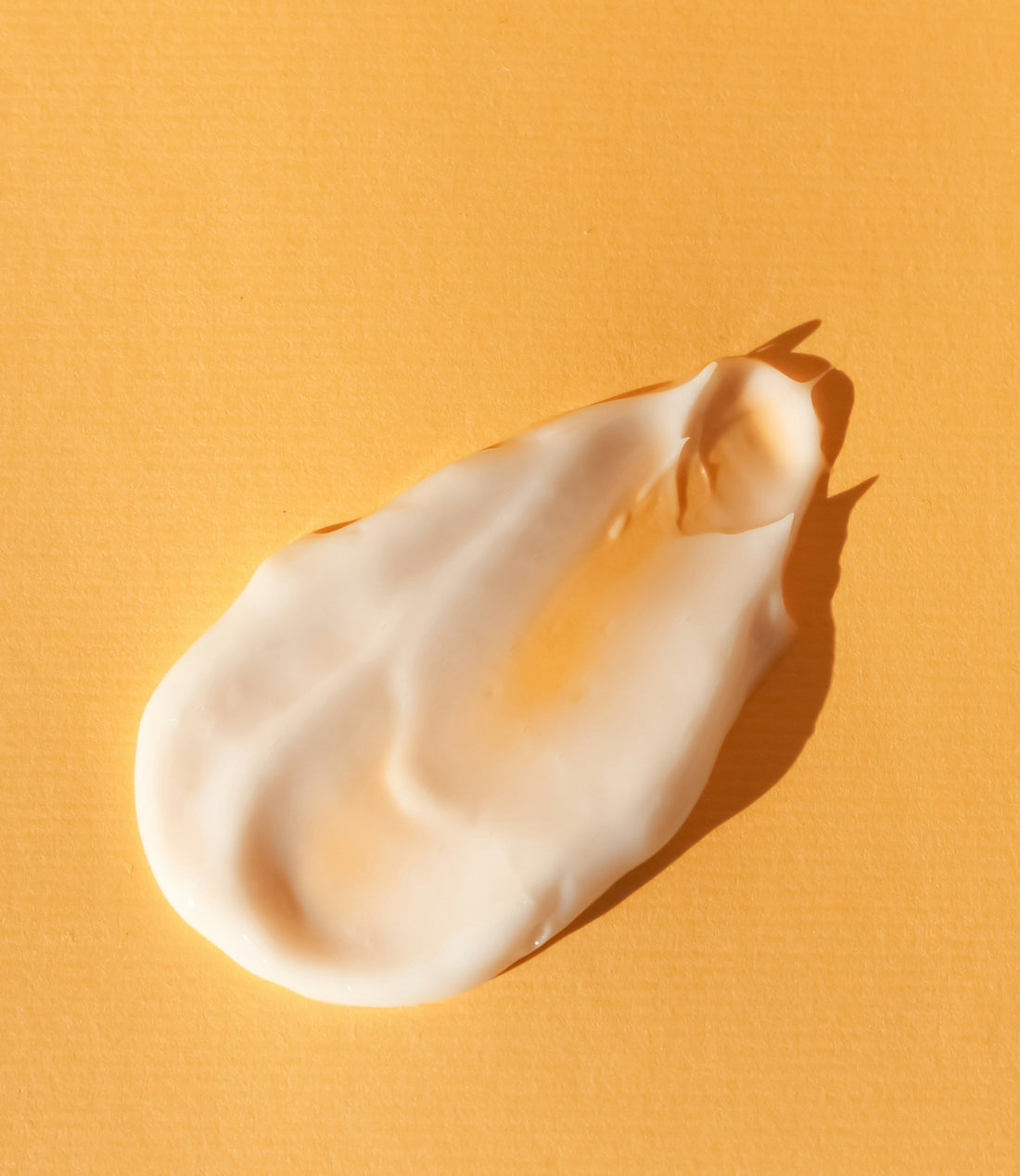
Everything You Want to Know About Tallow for Skincare: Benefits, Uses, and Myths (Science-Backed)
Share
Everything You Want to Know About Tallow for Skincare: Benefits, Uses, and Myths (Science-Backed)
Are you curious about natural skincare ingredients? One ingredient gaining popularity is tallow—but what is it, and why are so many people incorporating it into their skincare routines? If you’re wondering whether tallow for skin is right for you, this guide covers the top questions, benefits, and scientific insights to help you make an informed choice.
What Is Tallow and How Is It Used in Skincare?
Tallow is a rendered fat from animals such as cows, sheep, or goats. When properly processed, it becomes a nutrient-rich oil used historically in ointments, balms, and creams. Today, many natural skincare brands are turning back to tallow due to its skin-friendly properties and nutrient profile.
Why Do People Use Tallow in Skincare?
Top Benefits Backed by Science
1. Rich in Essential Vitamins and Nutrients
Tallow naturally contains vitamins A, D, E, and K, all of which are critical for skin health. Vitamin A promotes cell turnover, while D and E have anti-inflammatory and antioxidant properties, helping reduce skin irritation and promote healing (Fitzpatrick, 2004).
2. Similar Composition to Human Sebum
Tallow’s fatty acid profile closely resembles human skin’s sebum, allowing it to absorb easily without clogging pores. This makes it an effective moisturizer that can help balance oily and dry skin alike (Lefebvre, 2010).
3. Deeply Moisturizing and Healing
Research shows that animal fats like tallow form a protective barrier on the skin, helping to retain moisture and support healing of cracked or irritated skin. This barrier function is crucial for conditions like eczema and psoriasis (Gordon, 2001).
4. Natural, Non-Toxic, and Sustainable
Unlike synthetic alternatives, tallow is a natural, minimally processed ingredient. When sourced ethically, it is also a sustainable by product of meat production, reducing waste and supporting eco-friendly practices (McGee, 2015).
How to Incorporate Tallow into Your Skincare Routine
1. Tallow Balm or Cream
Apply a small amount of tallow-based balm to clean skin, focusing on dry or problem areas. It’s suitable as a facial moisturizer, hand cream, or for soothing skin conditions.
2. DIY Skincare Formulations
You can blend tallow with beeswax, essential oils, or herbal extracts for personalized skincare products.
3. Makeup Remover and Cleansing
Tallow’s gentle cleansing properties make it effective for removing makeup and impurities without stripping the skin’s natural oils.
Frequently Asked Questions About Tallow for Skin
Is Tallow Safe for Sensitive Skin?
Absolutely. Because of its similarity to human sebum, tallow is generally well-tolerated, including by sensitive skin. Always conduct a patch test before regular use (Fitzpatrick, 2004).
Can Tallow Clog Pores?
When properly rendered and used in moderation, tallow is unlikely to clog pores. Its non-comedogenic properties are supported by its fatty acid profile (Lefebvre, 2010).
Busting Common Myths About Tallow
Myth: Tallow is outdated and only for old-fashioned skincare.
Fact: Modern formulations and natural skincare enthusiasts are rediscovering tallow for its proven benefits.
Myth: Tallow is greasy and heavy.
Fact: Properly processed tallow is lightweight, fast-absorbing, and non-greasy.
Myth: Tallow is not cruelty-free.
Fact: When sourced ethically, tallow can be a cruelty-free and a sustainable ingredient (McGee, 2015).
If you’re seeking a natural, nutrient-dense, and effective skincare ingredient, tallow deserves your attention. Its long history and modern scientific backing demonstrate that traditional remedies can still be incredibly effective today.
References & Bibliography
Fitzpatrick, R. E. (2004). *Skincare through the Ages: The Role of Animal Fats*. Historical Dermatology
Review, 12(3), 78-85.
Gordon, R. (2001). *Ancient Egyptian Medicine*. Journal of Egyptian Archaeology, 87, 45-60.
Lefebvre, A. (2010). *Beauty and the Body in Ancient Greece and Rome*. Classical Antiquity, 29(2), 123-139.
McGee, H. (2015). *Sustainable Skincare: The Ethical Use of Animal By products*. Journal of Environmental
Beauty, 8(1), 50-56.
